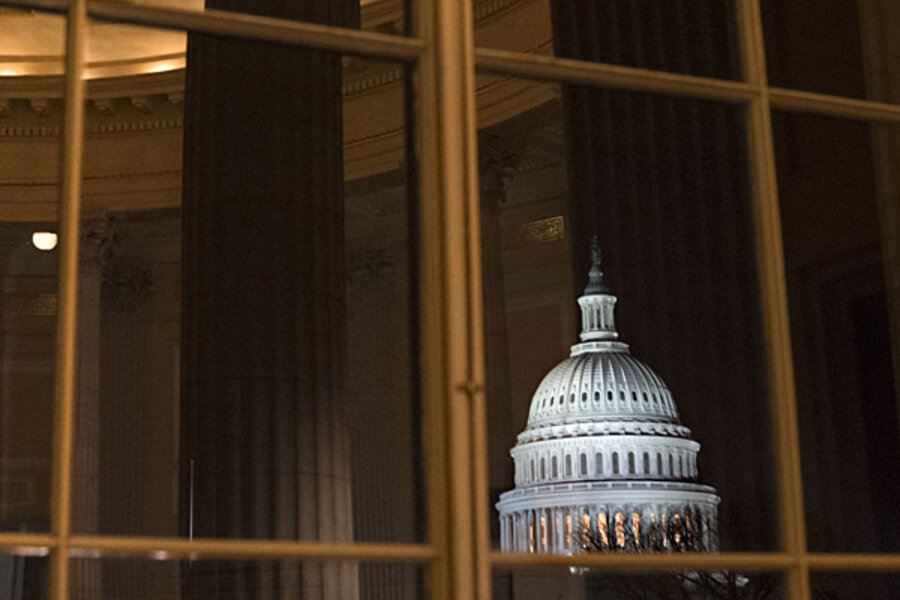It's debt limit time (again). What past showdowns can teach us.
Loading...
It’s debt limit season again. Treasury will soon exhaust all the “extraordinary” (if familiar) measures it’s using to stay within the limit. By mid-October, Treasury will have just $50 billion on hand. Once that’s gone–maybe at Halloween, maybe a bit later–Uncle Sam won’t be able to pay all his bills or will be forced into doing something desperate like breaching the debt limit or minting platinum coins (kidding, mostly).
We seen this movie before. Sometimes it ends with major policy changes, such as the 2011 deal that spawned the sequester. Other times it leads to minor tweaks, such as the January 2013 deal that linked congressional pay to passing separate budgets through the House and Senate.
These showdowns feel like a modern phenomenon. But over at Tax Analysts, tax historian Joe Thorndike reminds us that a similar showdown happened in 1953 under President Eisenhower:
"Soon after President Dwight Eisenhower took office, his administration began signaling the need for additional borrowing authority. But conservatives were not convinced. “For the Administration, this would be the easy way out of hard decisions,” warned the Wall Street Journal. “[T]o lift the debt ceiling for this ‘emergency’ need will make the whole idea of a debt ceiling meaningless. To impose a limit on the government’s debt and then to change it the moment it begins to squeeze makes of the whole thing a trick for fooling people.”
In fact, the Journal suggested that a debt ceiling crisis might be useful. “The government would not be able to carry out all of its spending plans,” the editors predicted. “Some things would have to be cut back a little further. Up against the hard ceiling, government officials would be compelled to make hard decisions, to choose between this dollar and that one.” Staying under the existing cap would be difficult, but that was the point. “Under such a compulsion,” the paper suggested, “many needed economies would be made that would otherwise be thought impossible.”
Eisenhower didn’t believe that spending cuts would be sufficient to keep federal debt under the cap. “Despite our joint vigorous efforts to reduce expenditures,” he told Congress, “it is inevitable that the public debt will undergo some further increase.” On July 30, Eisenhower asked Congress for an increase in the debt ceiling from $275 billion to $290 billion.
Treasury Secretary George M. Humphrey stressed the urgency of the situation. “We will just run out of money and we can’t pay our bills,” he told lawmakers. “It’s just that simple.” Failing to raise the borrowing limit, he warned ominously, might produce “a near panic.”
The House of Representatives swallowed hard and approved Eisenhower’s request. But the Senate had other ideas."
History, as they say, sometimes repeats. Swap the House and Senate and boost the dollar amounts and you’ve got rhetoric that could almost be plucked from today.
Read Joe’s piece to find out how it all turned out. One tidbit (which I don’t think we should repeat): Treasury was forced to sell gold bullion to cover $500 million in debt.








